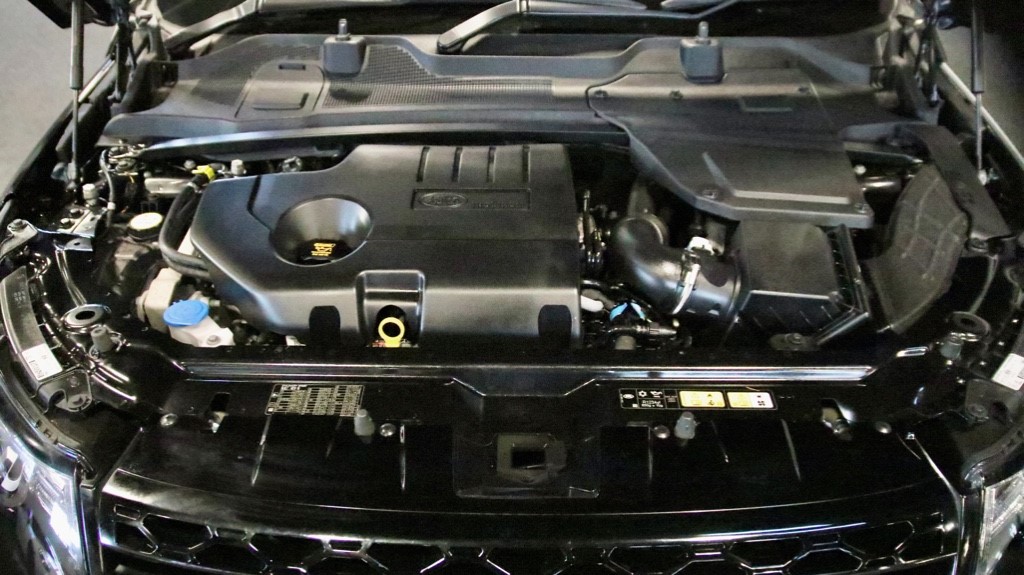In recent years, the concept of urban air mobility has taken a bold leap forward with the emergence of flying electric cars. This revolutionary intersection of electric vehicles and aviation technology promises a new era of transportation, reshaping the way we envision urban mobility. In this blog, we’ll delve into the key aspects of flying electric cars, exploring their development, potential impact, and the challenges they may encounter.
The Genesis of Flying Electric Cars
Electric Revolution Meets Aviation Innovation
The foundation of flying electric cars lies in the synergy of two groundbreaking technological domains—electric propulsion and aviation. Electric vehicles have transformed the terrestrial transportation landscape, offering sustainable alternatives to traditional internal combustion engines. Concurrently, advancements in aviation technology have paved the way for vertical takeoff and landing (VTOL) capabilities, setting the stage for the integration of these technologies.
Prototypes and Pioneers
Several companies have embraced the challenge of bringing flying electric cars to reality. Prototypes and test flights have been conducted, showcasing the feasibility of combining electric power with aerial capabilities. These pioneers aim to provide a solution to urban congestion, envisioning a future where the skies become an additional dimension for daily commuting.
Potential Impact on Urban Mobility
Alleviating Traffic Congestion
One of the primary motivations behind the development of flying electric cars is the alleviation of traffic congestion in densely populated urban areas. By taking to the skies, these vehicles have the potential to bypass ground-level congestion, providing a quicker and more efficient mode of transportation.
Accessibility and Connectivity
Flying electric cars could redefine accessibility, especially in areas with challenging topography or limited infrastructure. Remote locations, islands, and hilly terrains could become more accessible, fostering connectivity and economic development in regions that were previously difficult to reach.
Environmental Considerations
The electric nature of these flying vehicles aligns with the global push towards sustainability. Electric propulsion contributes to reduced emissions compared to traditional aviation fuels, offering a cleaner alternative for short-distance air travel.
Challenges and Considerations
Infrastructure and Regulations
The integration of flying electric cars into urban landscapes necessitates a robust infrastructure and comprehensive regulations. Vertiports—airports for vertical takeoff and landing—need to be strategically placed, and air traffic management systems must evolve to accommodate this new dimension of mobility.
Safety Concerns
Ensuring the safety of flying electric cars is paramount. Advanced collision-avoidance systems, fail-safes, and stringent safety standards must be implemented to mitigate risks associated with aerial travel in urban environments.
Affordability and Mass Adoption
While prototypes have showcased the potential, achieving affordability and mass adoption remains a challenge. The cost of manufacturing, maintenance, and the development of necessary infrastructure may initially limit widespread access to flying electric cars.
The Roadmap Ahead
As technology advances and regulatory frameworks evolve, the roadmap ahead for flying electric cars is both exciting and challenging. The prospect of vertical mobility offers a glimpse into a future where our daily commutes may involve navigating the skies. However, realizing this vision requires a collective effort—from technological innovators and policymakers to urban planners and the broader community.
As we navigate this uncharted territory of urban air mobility, sustainability remains a crucial focal point. The advancements in flying electric cars, coupled with sustainable practices on the ground, underscore a holistic approach toward creating eco-friendly and efficient transportation systems. Initiatives such as Car Recycling in Adelaide exemplify this commitment, offering a sustainable pathway for responsibly managing end-of-life vehicles. By recycling and repurposing components, these initiatives contribute to a circular economy, aligning with the broader goal of fostering a sustainable and resilient future.
visit: https://adcash4cars.com.au/car-recycling-adelaide/
Overcoming Technological Barriers
The development of flying electric cars is not without its technological hurdles. Engineers and innovators are actively addressing challenges related to battery technology, weight constraints, and aerodynamics. Advancements in battery energy density and materials science are crucial to extend the range and endurance of these vehicles, making them practical for everyday use.
Integration with Urban Infrastructure
For flying electric cars to become a seamless part of urban transportation, integration with existing infrastructure is paramount. This involves not only the establishment of vertiports but also the integration of air traffic management systems that can handle the increased complexity of three-dimensional traffic. Urban planners must consider the spatial requirements and potential noise impact on communities.
Shaping Urban Planning and Design
The advent of flying electric cars has the potential to reshape the way cities are planned and designed. Urban architects and planners need to envision a future where aerial mobility is integrated into the urban fabric. This includes considerations for landing zones, traffic flow in the sky, and the visual impact of flying vehicles on cityscapes.
Addressing Public Perception
Acceptance and trust in flying electric cars are crucial for their successful integration into society. Public perception, safety concerns, and regulatory compliance all play a role in determining whether these vehicles will gain widespread acceptance. Public awareness campaigns and transparent communication about safety measures will be instrumental in fostering a positive attitude toward this innovative mode of transportation.
Collaborative Efforts for Success
The success of flying electric cars relies on collaborative efforts between various stakeholders. Governments, industry leaders, aviation authorities, and the public must work together to create an ecosystem that fosters innovation while addressing safety, privacy, and environmental concerns. Open dialogue and cooperation are vital to navigating the complexities of introducing a new dimension to urban mobility.
Conclusion
In conclusion, the rise of flying electric cars holds immense promise and potential for transforming urban mobility. While there are challenges to overcome, the ongoing development and testing of prototypes signal a future where the skies become an extension of our urban transportation network. As technology advances, regulations evolve, and societal perceptions shift, flying electric cars may very well soar into the mainstream, offering a novel and efficient solution to the challenges of urban congestion and accessibility. The journey towards urban air mobility is an exciting one, filled with innovation, collaboration, and the promise of a new era in transportation.





